Nora Rupp, Walking the Shikoku Route
From temple to temple, the photographer immortalised her experience of the pilgrimage she undertook on this island in western Japan in 2010.
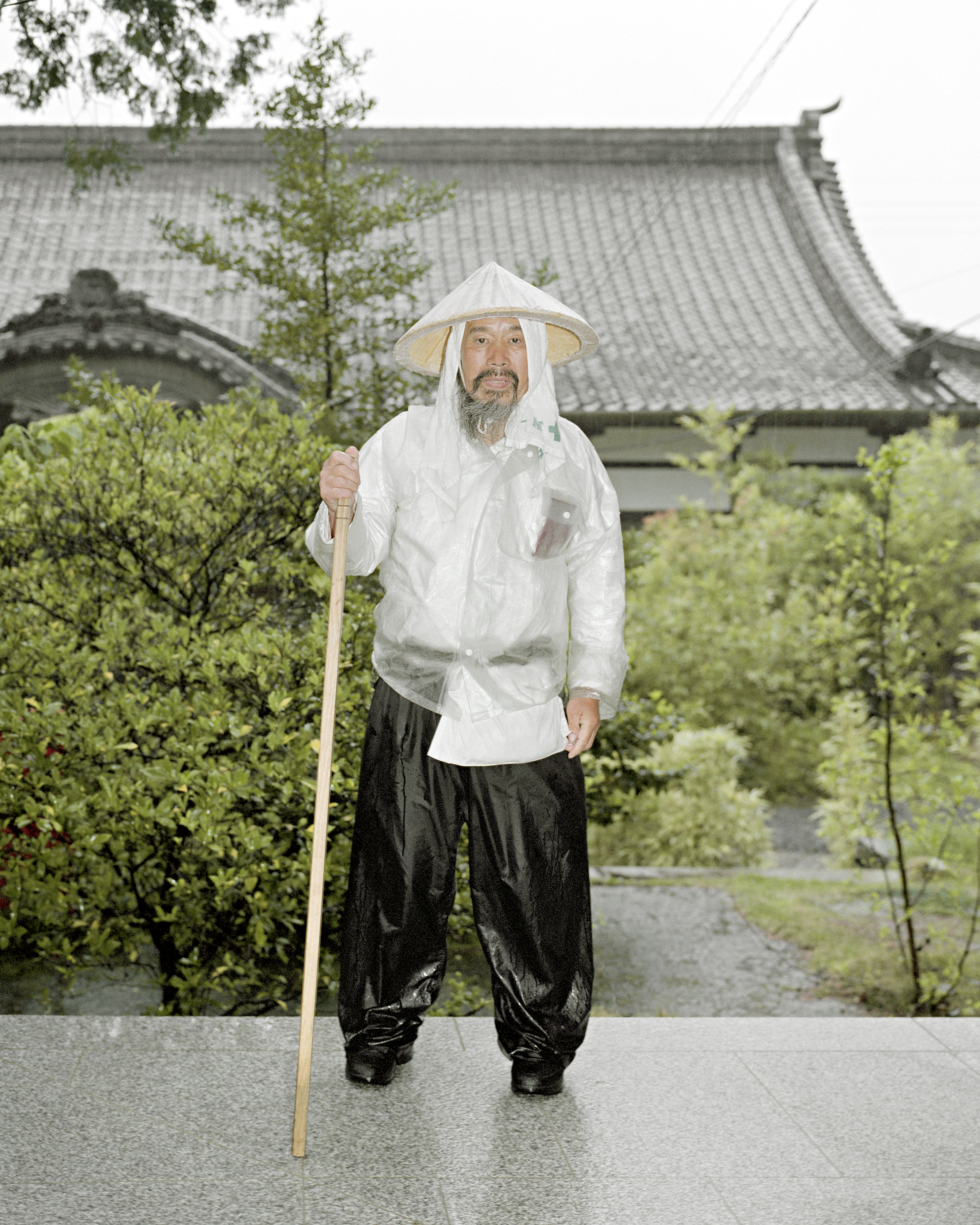
Nora Rupp, Henro, 2010, “untitled” © Nora Rupp
‘It’s not the destination, it’s the journey.’ This adage lends itself perfectly to the voyage embarked on by Nora Rupp during her pilgrimage on Shikoku Island. In 2010, the photographer took on the task of walking the route that connects the 88 temples found on the island. This spiritual experience, the significance of which went beyond the religious, followed a first journey to reach Santiago de Compostela from her home city of Lausanne two years previously. She covered the 1400-km route in Japan alone, in approximately four weeks. This quest for self-discovery is known as henro, the name of both the pilgrimage and the series.
In search of a lost self
Embarking on a pilgrimage is not only about the distance travelled. For the artist, it is a way of looking inwards, a search for the self that becomes a pivotal moment in life. ‘It’s really the experience that interests me; becoming a pilgrim and living like one’, Nora Rupp explains. After Santiago de Compostela, she needed a new challenge of this kind, but also a subject matter for her photographs. Previously unaware of its existence, she discovered Shikoku and organised her journey. Prior to her arrival, she contacted the president of the Shikoku pilgrims association, Mr Matsuoka. This was a key encounter on her trip, both for the information he gave her and for the help he provided in finding accommodation for her along the route.
The habit makes the pilgrim
Facing the viewer, the walkers stand proudly. The majority are alone, and all of them are wearing an outfit to which they attach a great deal of importance. It combines the technical and the traditional, because although it is vital to have the best equipment for the route, the appearance given off is just as important, ‘as if to be a “true” pilgrim you have to wear the habit.’ As they progress along the route, the pilgrims and pilgrimage become one. Henro signifies both the journey and the individual taking it. This union is so strong that once the walk begins, it becomes difficult to stop, with a determination to complete the reverse route on foot too. ‘On Shikoku, I came across several people who lived on the route and continued to go around the island that has the unusual characteristic of being a pilgrimage on a loop.’
Although the primary objective is the personal experience, encounters with other people form an intrinsic part of the adventure. However, the artist struggled to meet new people. While the language barrier and cultural differences posed the biggest obstacles, it emerged that few pilgrims decide to embark on the journey on foot, instead choosing the preorganised option that involves the use of a vehicle. Walking enthusiasts are thus becoming fewer in number, and the sense of solitude more significant.
This postulate proves to be double-edged, as it makes it possible to reach a powerful state of meditative, introspective plenitude, but is at times difficult to deal with. ‘There is a profound sense of solitude all along the route as you spend entire days alone, day after day. When evening came, this solitude sometimes became difficult. It was impossible to share the day with anyone. I had to find somewhere to sleep and eat, and all without speaking the language; it was challenging and sometimes exhausting. It was the most difficult trip I’ve been on (I’ve travelled on my own many times), but also the most powerful and spiritual, and maybe that was because of this extremely solitary experience and the feeling of being lost in an unknown culture and language. It’s also a very physically demanding pilgrimage, because the temples are often at the top of a mountain or hill, so there are lots of elevation changes.’
I walk, therefore I am
The meditative state that is born during this long-distance walk offers an opportunity to cast a calm glance over one’s environment and take on a contemplative stance. ‘Everything passes, because you make almost no stops, you keep moving, but it passes at a walking pace, and therefore gently and calmly (something we are not very accustomed to in everyday life). These are suspended, poetic moments. Taking the time to look around you as you walk can help you to cover the last few kilometres.’
This state of mind is reflected in these photographs of nature, beyond portraits, in which Nora Rupp takes time and lingers on details like this rose guarding an umbrella, this road that suddenly appears next to a mountain before plunging back down, and this Funny House with its pastel yellow façade that stands out against the background and intrigues the eye like a sour tangy decoration. Through both its similarities and differences, the series Sentier Battu (‘Beaten Track’) put together on the Camino de Santiago route, offers further reading on the experience of pilgrimage and living through it.
Henro (2010), a series of photographs by Nora Rupp, can be found on her website and in catalogue format by contacting the artist.

Nora Rupp, Henro, 2010, 'untitled' © Nora Rupp
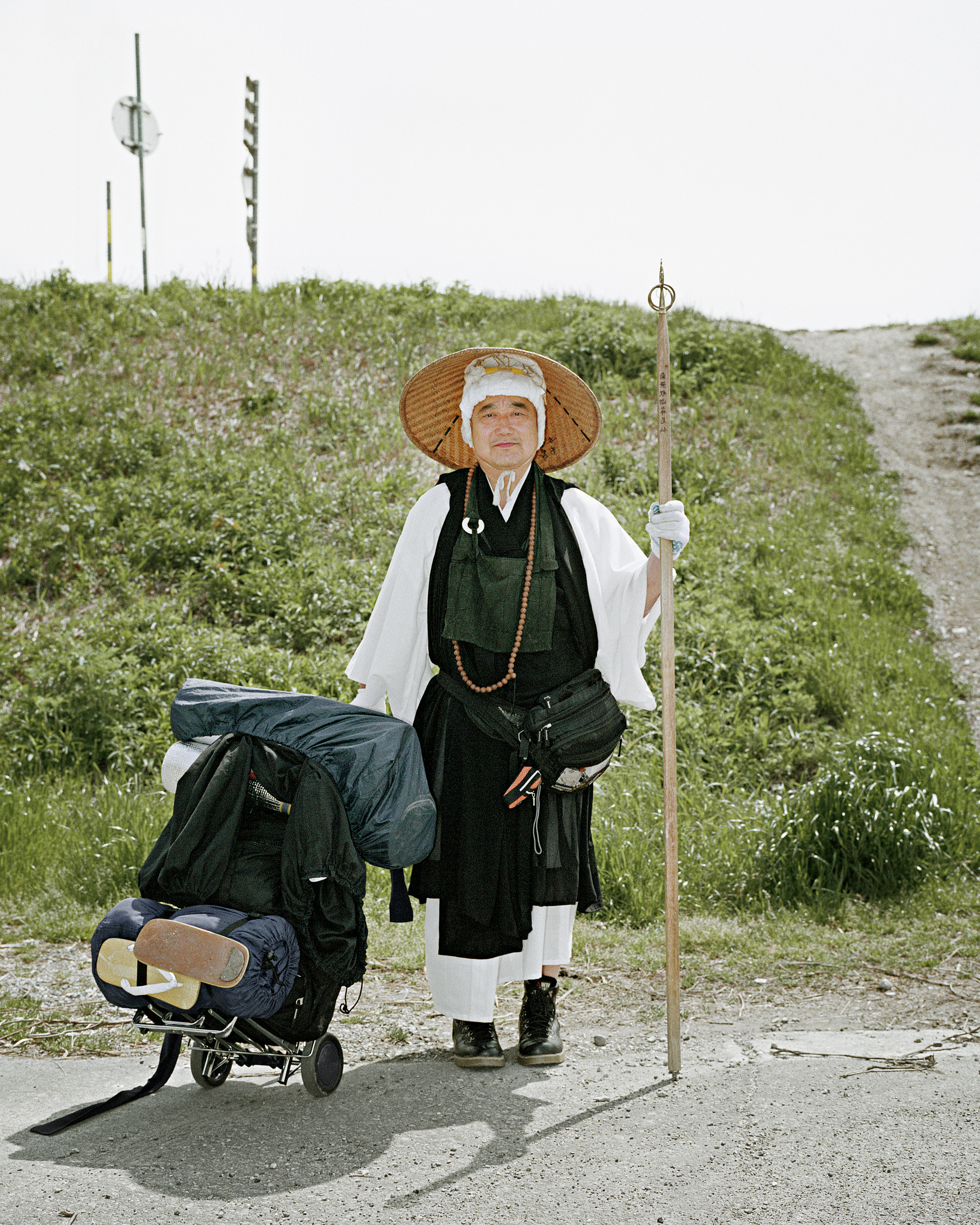
Nora Rupp, Henro, 2010, 'untitled' © Nora Rupp
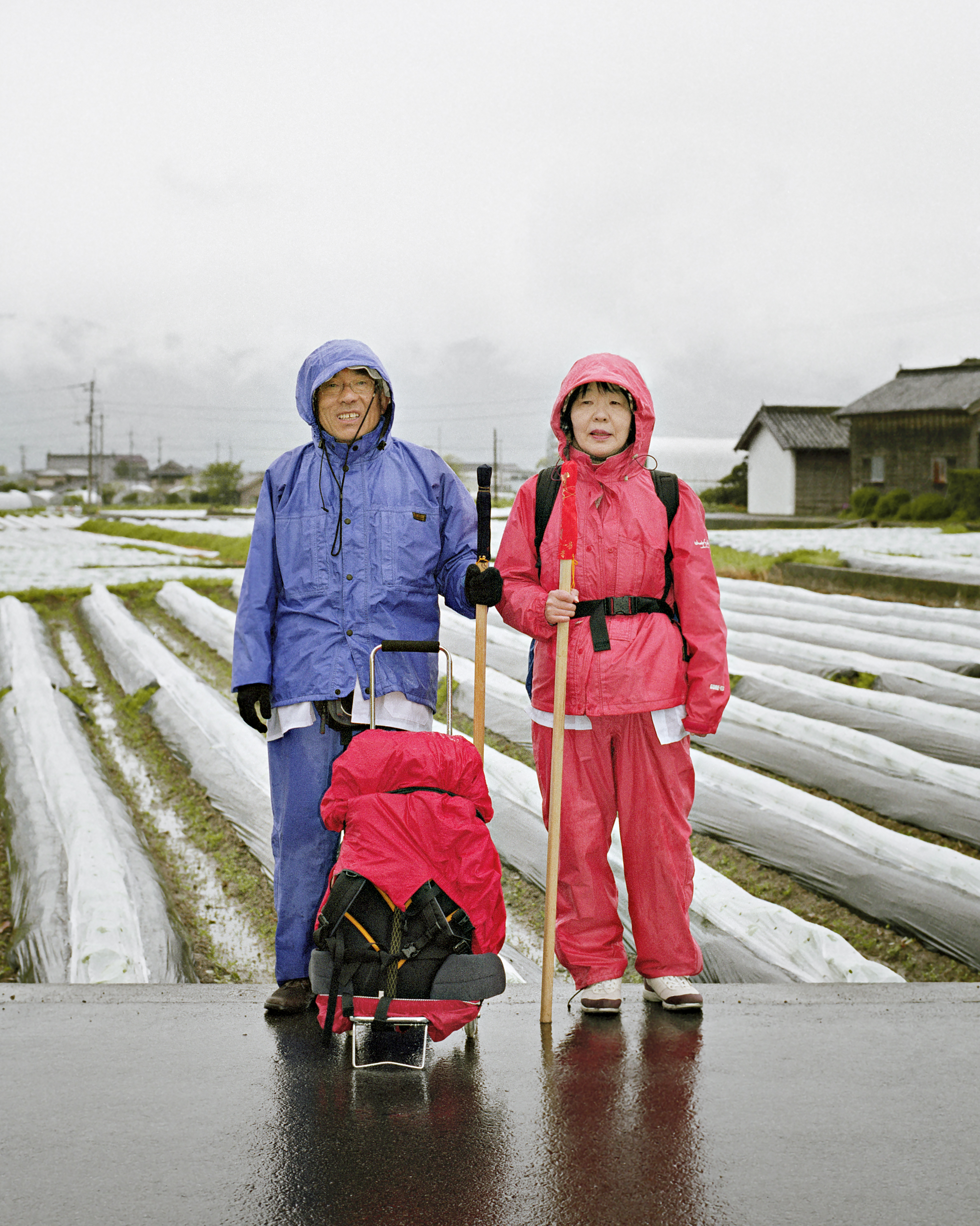
Nora Rupp, Henro, 2010, 'untitled' © Nora Rupp
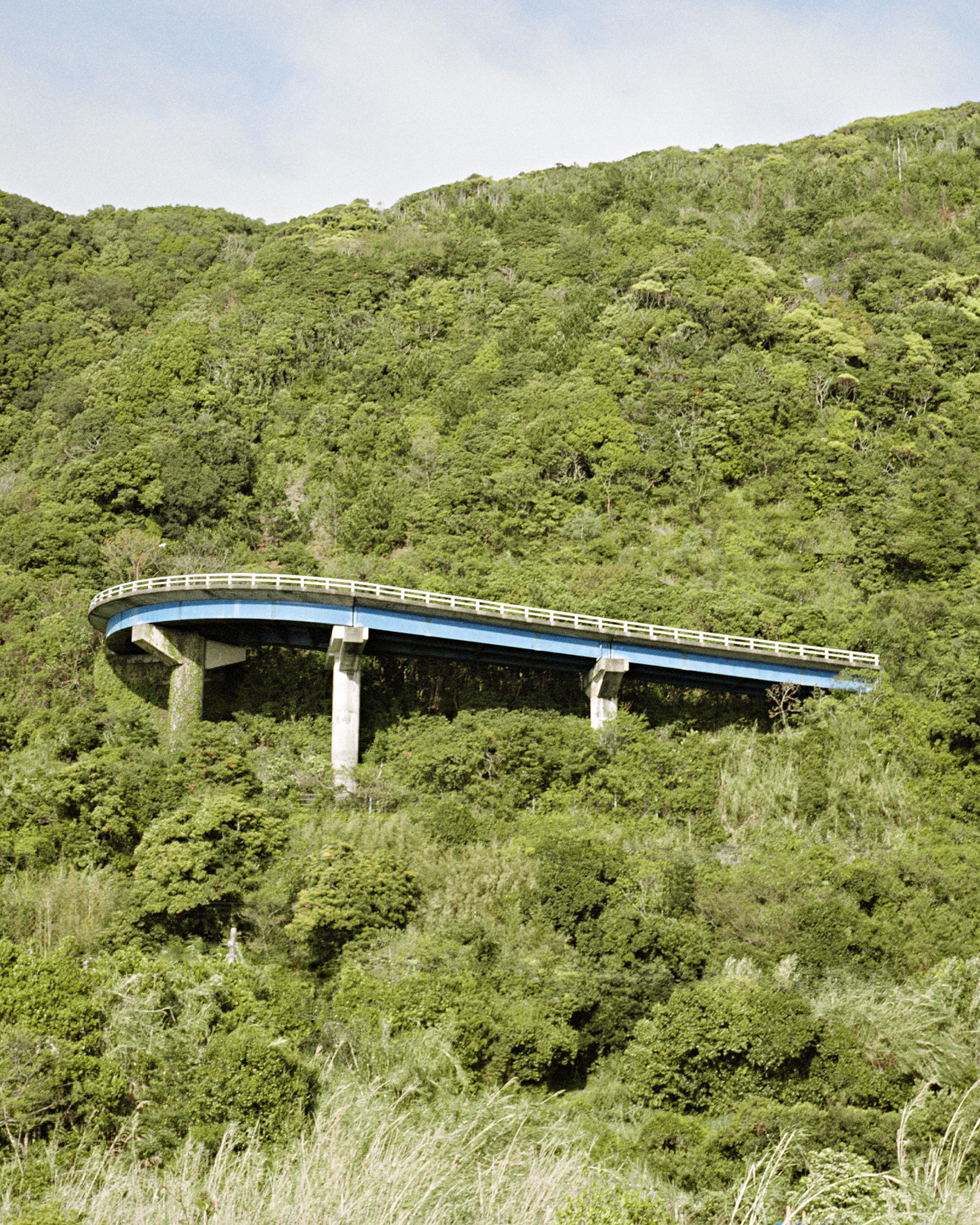
Nora Rupp, Henro, 2010, 'untitled' © Nora Rupp
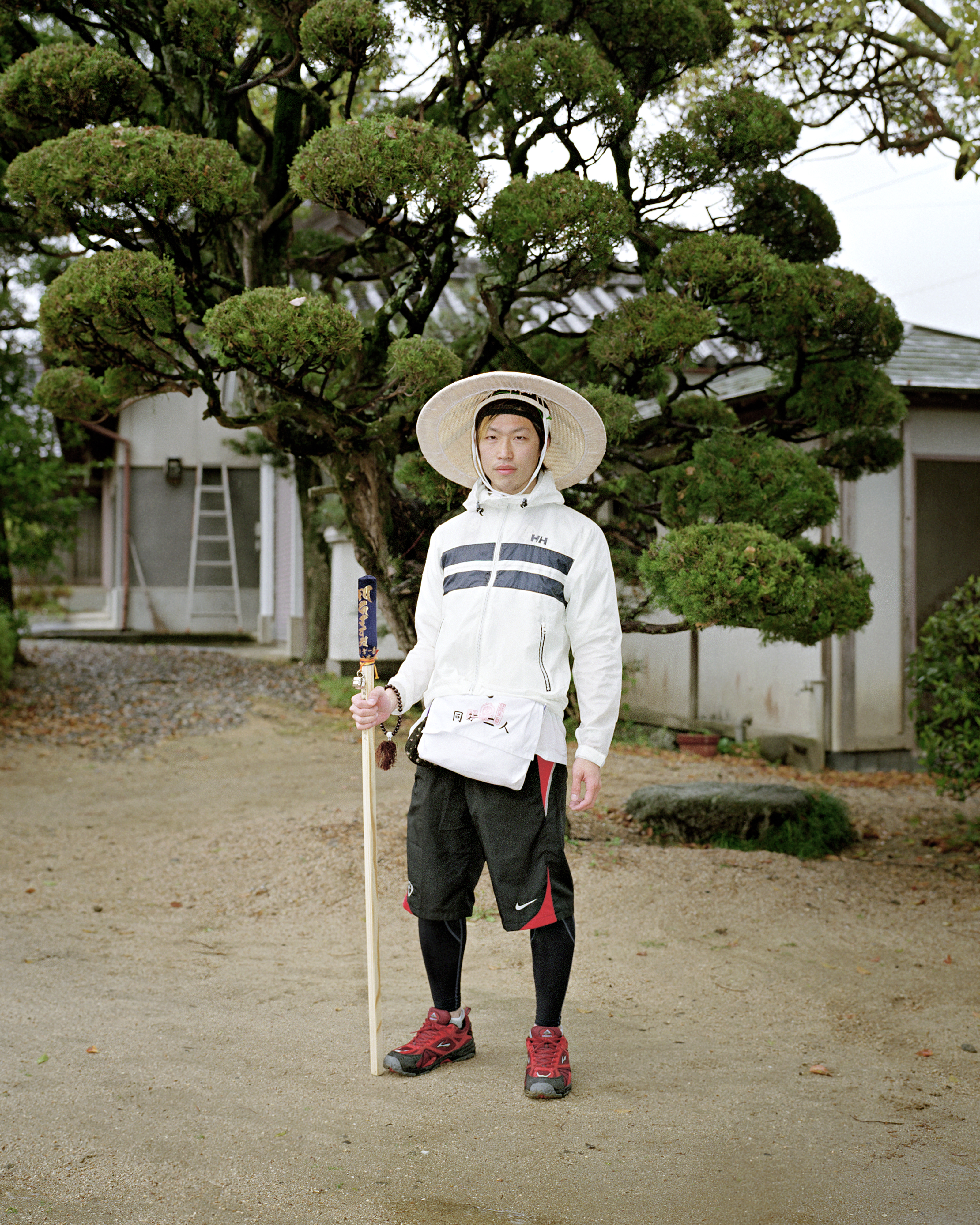
Nora Rupp, Henro, 2010, 'untitled' © Nora Rupp
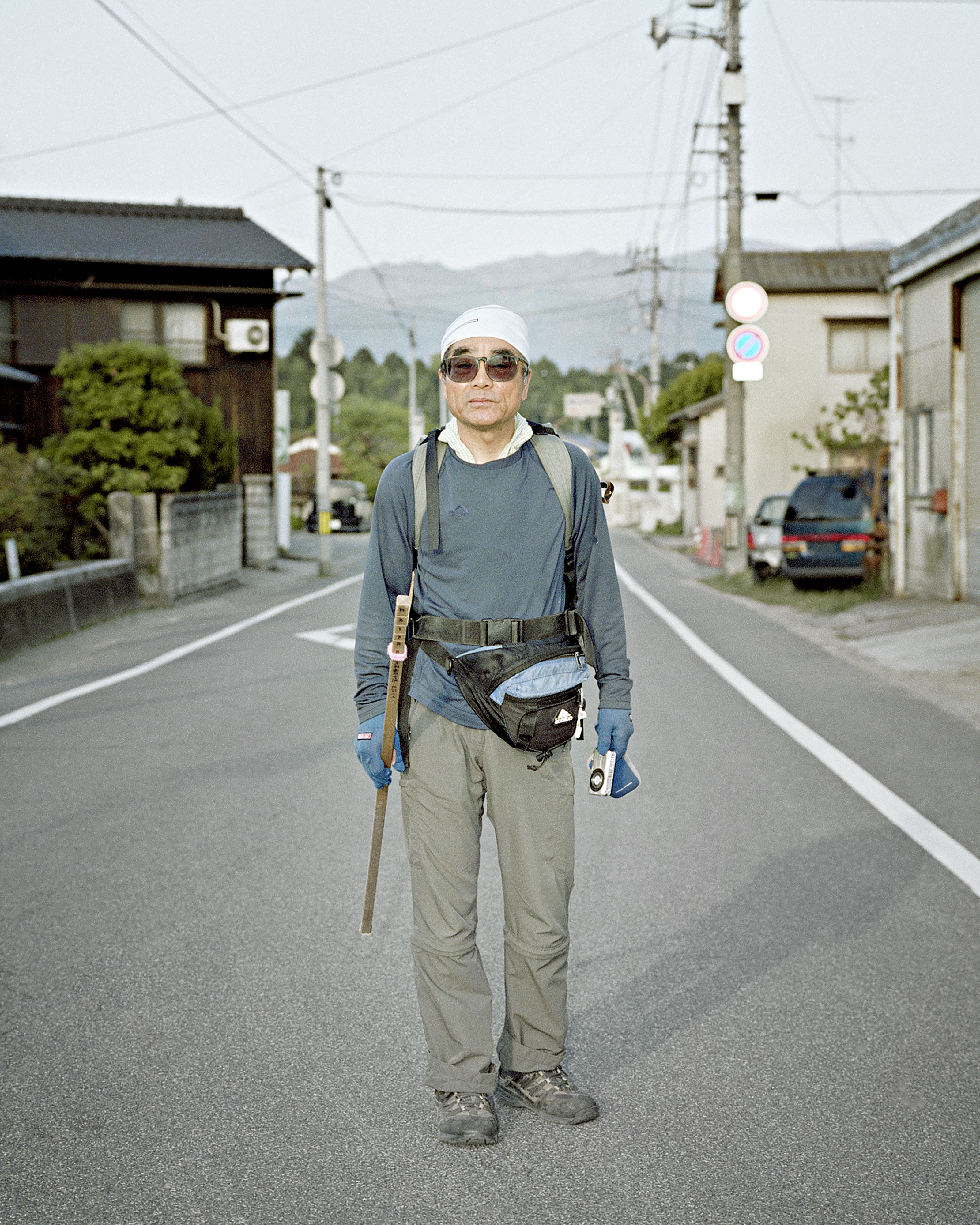
Nora Rupp, Henro, 2010, 'untitled' © Nora Rupp
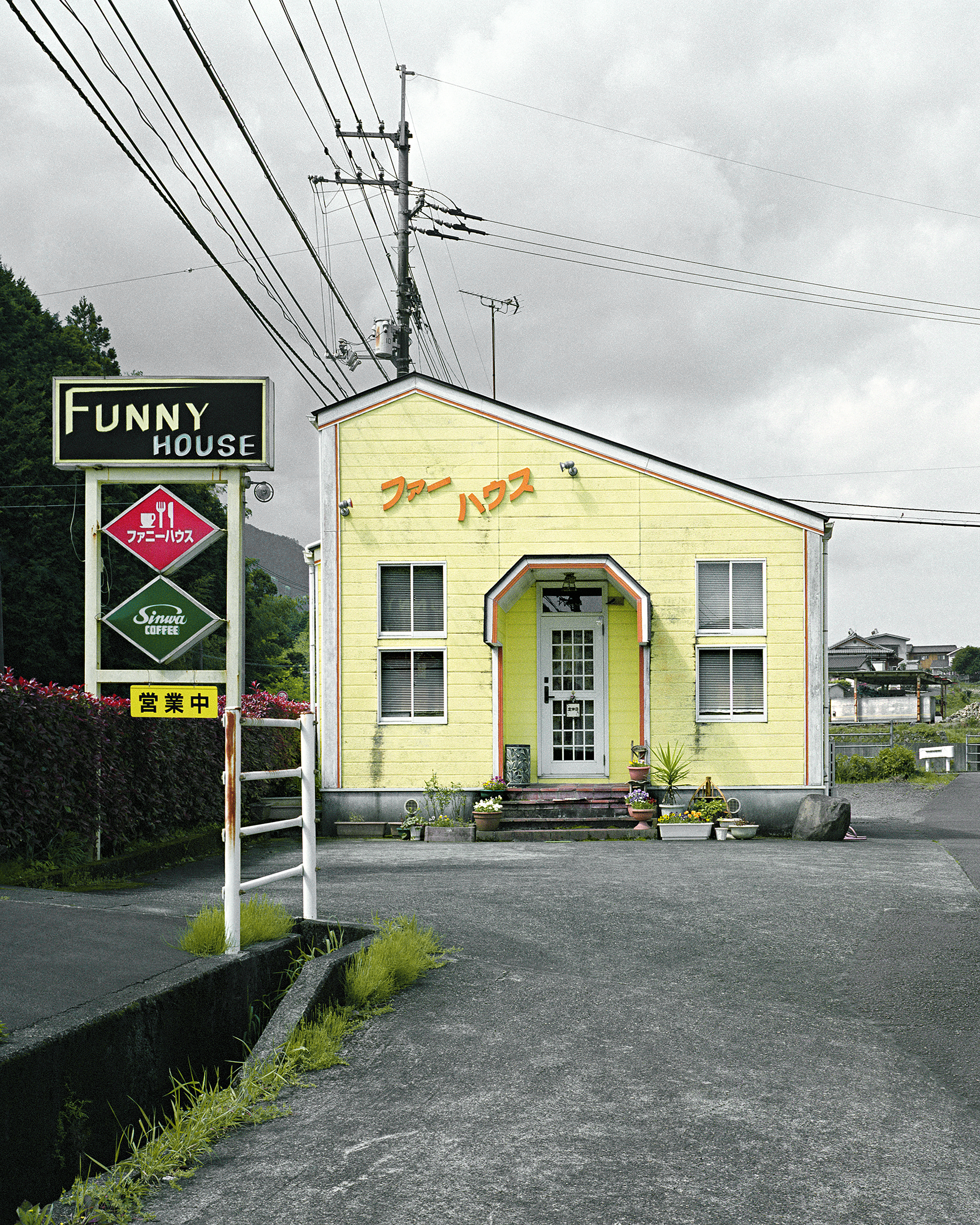
Nora Rupp, Henro, 2010, 'untitled' © Nora Rupp
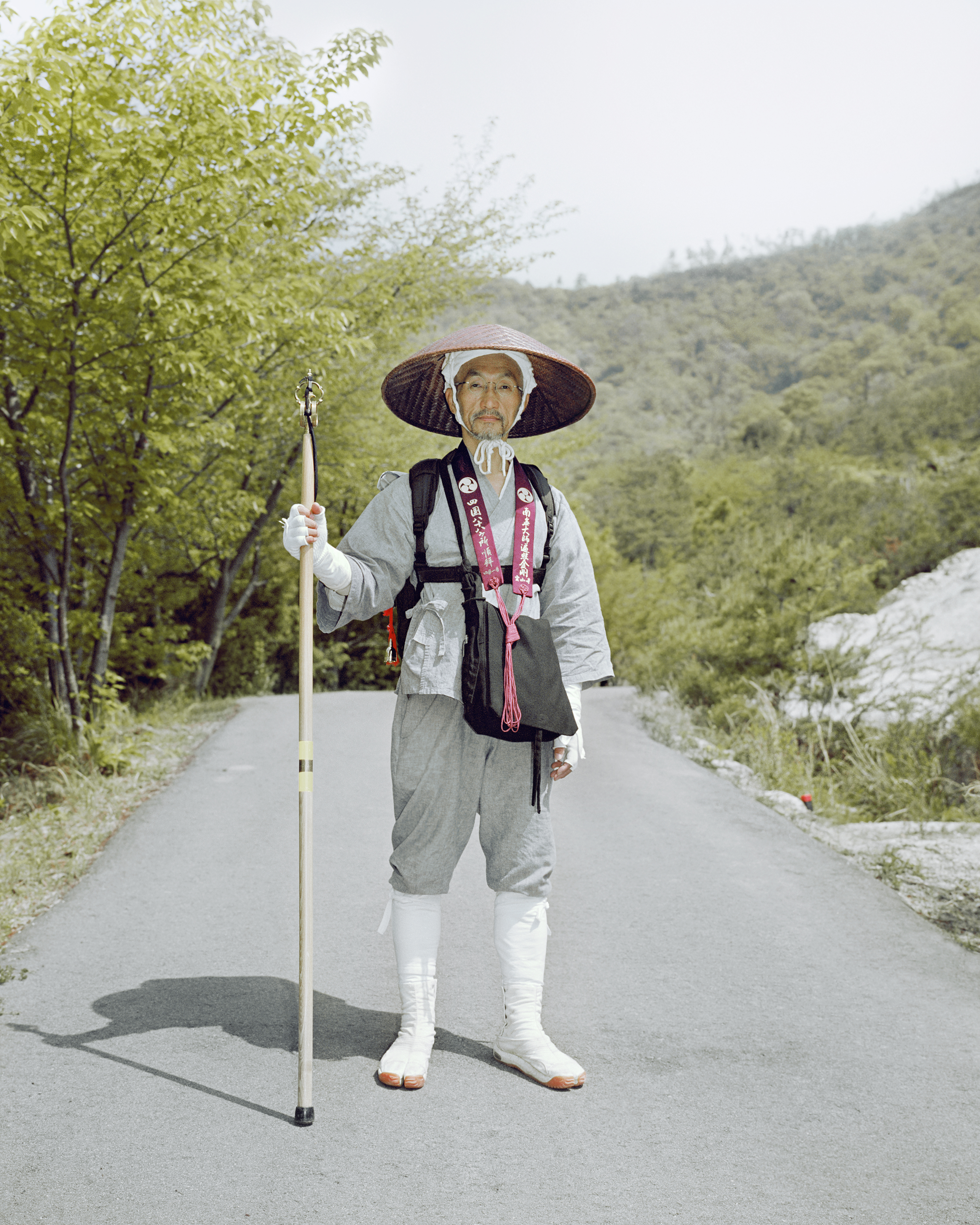
Nora Rupp, Henro, 2010, 'untitled' © Nora Rupp
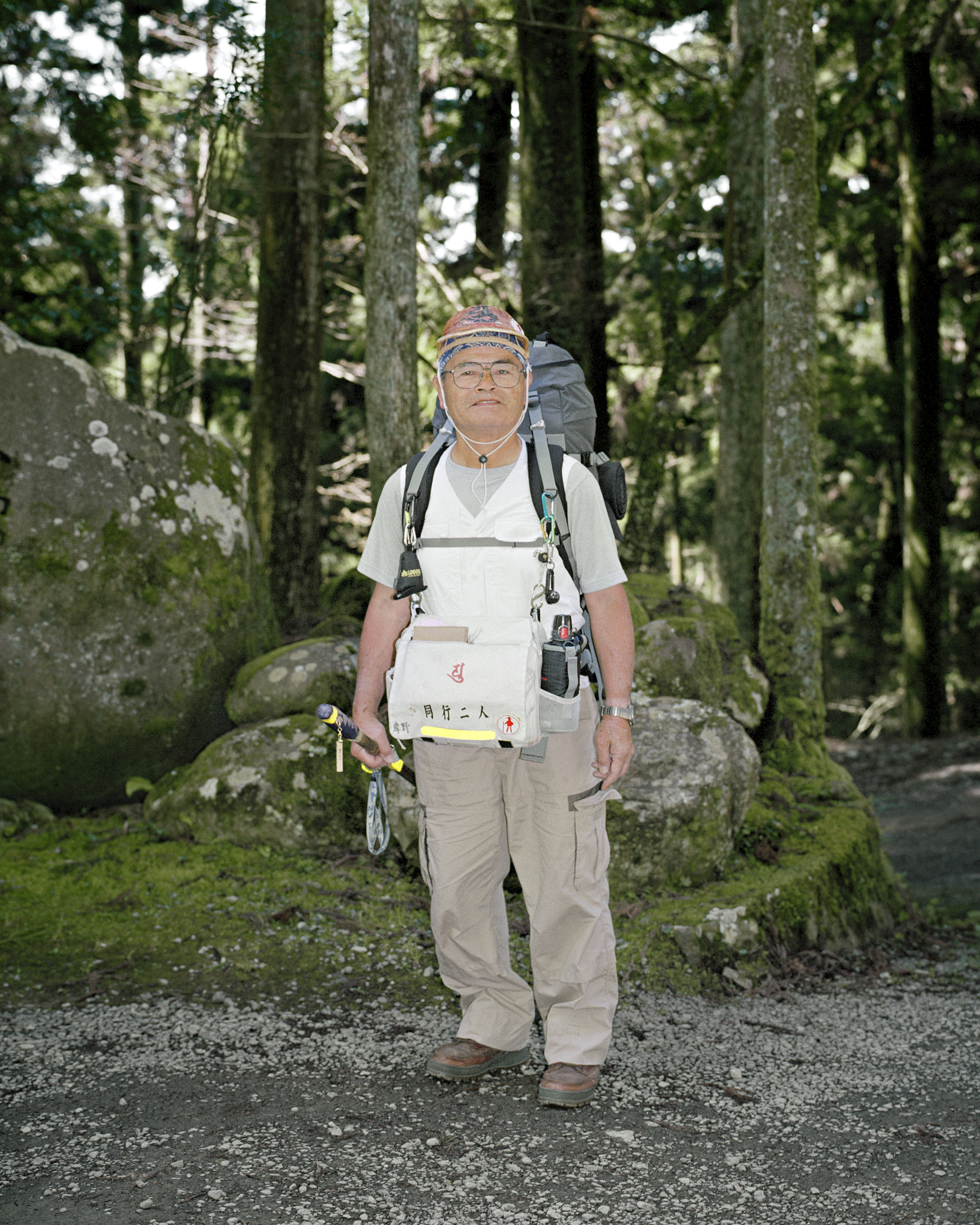
Nora Rupp, Henro, 2010, 'untitled' © Nora Rupp
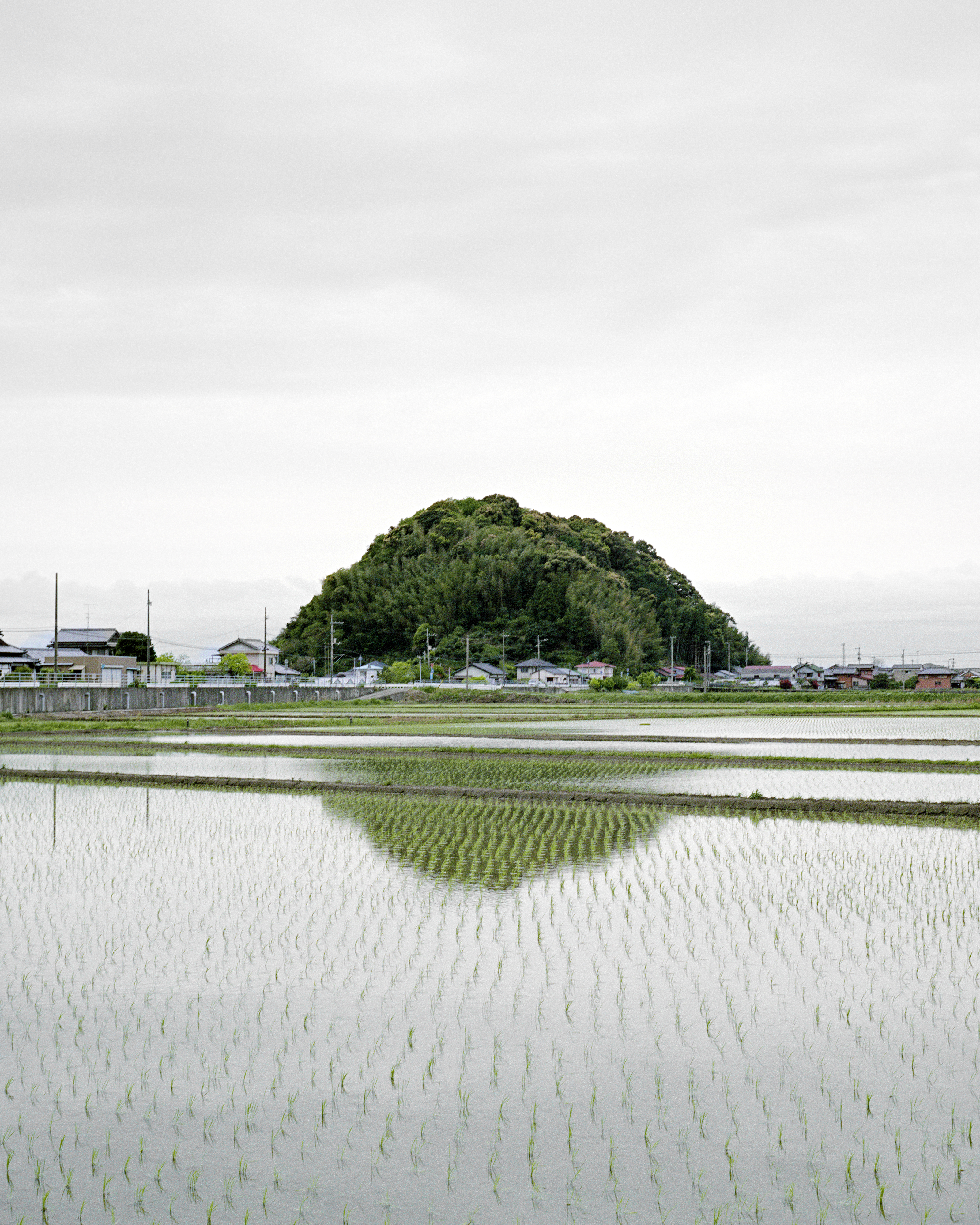
Nora Rupp, Henro, 2010, 'untitled' © Nora Rupp

Nora Rupp, Henro, 2010, 'untitled' © Nora Rupp
TRENDING
-
The Tattoos that Marked the Criminals of the Edo Period
Traditional tattoos were strong signifiers; murderers had head tattoos, while theft might result in an arm tattoo.

-
Chiharu Shiota, Red Threads of the Soul
Last year, more than 660,000 people visited the retrospective 'Chiharu Shiota: The Soul Trembles' exhibit at the Mori Art Museum.

-
‘Before Doubting Others, Doubt Yourself. Who Can Truly Say a Dish Isn’t What It Used to Be?’
In ‘A Non-Conformist’s Guide to Surviving Society’, author Satoshi Ogawa shares his strategies for navigating everyday life.

-
The Story of Sada Yacco, the Geisha who Bewitched Europe
Described by Dazed magazine as the first beauty influencer, she has been restored to her former glory since 2019.

-
Ito Jakuchu's Naturalist Paintings
From 15 September until 14 October 2018, the Petit Palais showcased the artist's iconic ‘Images of the Colourful Realm of Living Beings’.





